18 Nights / 19 Days

Journey from Pretoria in luxury aboard one of the Shongololo Trains, which wends its way through South Africa to Cape Town, travelling via the Drakensberg Panorama Route, Kruger Park, Swaziland, Hluhluwe, Durban, Ladysmith, Bloemfontein, Kimberley, Oudtshoorn, George & Knysna on Garden Route and Hermanus. All off-train excursions included, with optional golf. 2 departure per year in each direction. Gold/Emerald.
HIGHLIGHTS
• Shongololo Trains, South Africa • Drakensberg Panorama Route • Kruger National Park • Swaziland
• Hluhuwe Game Reserve • Durban • Ladysmith Battlefields • Kimberley Big Hole
• George & Knysna, Garden Route • Cape Town
You will be met at Johannesburg Airport and transferred 1-hour to Pretoria (now called Tshwane).
This city is the administrative capital of South Africa and is renowned for its jacaranda trees that flower from September to November.
This morning transfer to Capital Park Station in Pretoria for 08.00 check in at the Shongololo Express.
Relax and enjoy the elegance of train travel of a bygone age, as you settle in to your wood-panelled coach. This spectacular 15-day train journey starts in Pretoria and travels the length of South Africa, as the train wends its way through the Drakensberg Mountains and past the Kruger National Park, continuing via the kingdom of Swaziland, Durban and Bloemfontein to Knysna on the scenic Garden Route, before arriving at journey's end in beautiful Cape Town.
After checking in, we leave the train and enjoy a morning tour of Soweto. With a population of over one-million people, this township was made famous by the apartheid laws. We pass the Chris Hani Baragwanath Hospital (the largest hospital in the southern hemisphere) and drive past the only street in Africa that once housed two Nobel Peace laureates - Archbishop Desmond Tutu and Nelson Mandela. We then visit the Hector Petersen Memorial, named after one of the first students to be killed in the 1976 student uprising against the apartheid government.
We spend the afternoon in Pretoria, the administrative capital of South Africa, where we visit the Union Buildings. Designed by the famous English colonial architect, Sir Herbert Baker, and completed in 1913, the Union Buildings house the offices of the president and his ministers. Before leaving the capital behind, we visit the Voortrekker Monument that commemorates the ‘Great Trek’ undertaken by the Boer farmers in the 1830s.
In the afternoon we return to Capital Park Station and board the train for Nelspruit for our overnight stop.
Note: All meals on the train are included, but alcohol and all lunches off the train are for your own account. A relaxed atmosphere prevails on board, so comfortable clothing is recommended with good walking shoes for off-train excursions. Bring warm clothes for early mornings and evenings, especially if you are travelling during the winter months (June to August). If you are playing golf, please note that green fees are NOT included and will need to be paid in advance. Golf dress code will also need to be adhered to.
This morning we disembark at Nelspruit in the province of Mpumalanga (meaning 'land of the rising sun') for a full day tour of the beautiful Drakensberg Panorama Route.
Today we visit the village of Pilgrim’s Rest, a living museum and national monument. Gold was discovered in this area in 1873, attracting over 1,500 prospectors. Today many of the restored miner’s houses serve as shops and restaurants.
After lunch (own account) we visit Bourke’s Luck Potholes, which are strange deep cylindrical cavities formed by river erosion and floodwater. God’s Window is one of the Blyde River Canyon Nature Reserve’s most spectacular viewpoints, with astonishing views over South Africa’s Lowveld (so-named because it is much lower than the high escarpment along which the Panorama Route runs). At God’s Window, majestic cliffs plunge down 700 m and, on a clear day, you’ll be able to see over the famous Kruger National Park towards the Lebombo Mountains on South Africa’s border.
We rejoin the train in the late afternoon and depart towards Malelane for overnight.
Today we disembark early at Malelane for a full day of game viewing in the world renowned Kruger National Park.
The Kruger National Park has 2-million hectares of unrivalled wildlife diversity. It is a world leader in advanced environmental management techniques and is home to an impressive number of wildlife species - including 147 different mammals, 507 species of birds, 336 different trees, 49 species of fish, 34 amphibians and 114 reptiles. It is also home to all the Big Five - lion, elephant, buffalo, rhino and leopard.
Re-join the train in the late afternoon as we depar
This morning we disembark at Mpaka to explore the small mountainous Kingdom of Swaziland.
This tiny kingdom covers only 17 000 square kilometres, making it the second smallest country in Africa. We drive through the lush Ezulwini Valley, passing the Ludzidzini royal residence. We stop at Swazi Candles and in the town of Manzini. Here you can visit the local Swazi market, which is a hive of activity displaying a wide variety of skilfully crafted woodcarvings, colourful textiles and superb basketwork for which Swazis are renowned. After a visit to the capital city of Mbabane, enjoy a lunch stop at Mantenga Lodge (own account), followed by an afternoon visit to the Ngwenya Glass Complex.
We rejoin the train in the late afternoon and again complete customs formalities, as we re-enter South Africa and head for Hluhluwe.
This morning we rise early for a morning game drive in Hluhluwe National Park, which saved the rhino from extinction.
Once the royal hunting ground of King Shaka, Hluhluwe is the oldest proclaimed nature reserve in Africa, consists 960 km² (96 000 ha) of hilly topography in central Zululand. It is known for its rich wildlife and is the only state-run park in KwaZulu Natal where all the Big Five occur. Due to its conservation efforts, the park now has the largest population of white rhino in the world. It is also one of the world’s top spots for viewing nyala antelope and is a prime birding destination, with over 340 different species.
In the afternoon enjoy another game drive in Hluhluwe National Park, before we re-board the train and head for Empangeni.
Today disembark at Empangeni for a tour of the St Lucia iSimangaliso Wetlands.
iSimangaliso Wetland Park covers over 600,000 acres, from St Lucia in the south to the Mozambique border in the north and has spectacular wildife diversity. Declared a World Heritage site in 1999, the park covers a mosaic of landforms that have created a vast array of biomes to support a wide variety of animals, plants and birds. The park boasts the highest bird count in all of Africa, the southern-most breeding spots for turtles in Africa, Africa’s tallest forested dunes, the largest remaining sand forest and the biggest peat beds in the southern hemisphere. Here you can hope to see hippos, crocodiles and a large variety of water birds.
Afterwards we re-board the train and travel towards Durban.
Note: Golfers have the option of travelling 2-hours to play at Zimbali today.
We disembark in Durban today, the third largest city in South Africa and an importance port.
Thanks to its subtropical climate and long stretches of beautiful beaches, large numbers of South Africans retreat here during the winter months. An orientation tour of the city will allow you to see a very good mix of old and new, east and west, all with a touch of Africa.
We visit PheZulu Safari Cultural Village to feel the rhythm of Africa. Afterwards you will be dropped off at uShaka Marine World, Africa’s largest marine theme park. Here you can enjoy lunch (own account) and spend some time enjoying the exhibits and the lovely beach.
In the afternoon we return to the train and head towards Ladysmith.
After travelling through the rolling hills of the beautiful Natal Midlands, we disembark at Ladysmith today.
Here we trace the course of the South Africa (or Anglo Boer) War as we visit the Siege Museum and the Wagon Hill Battlefield, where both the Boers and the British suffered heavy losses. Britain marched into the South African war in the spring of 1899, confident that it “would all be over by Christmas.” But the war lasted three years and was to become the most costly war that Britain had ever fought.
Afterwards we return to the train for lunch, with afternoon at leisure before departing towards Bloemfontein.
This morning we arrive in Bloemfontein, which is the seat of the South African judicial system.
At the end of the 19th century it was also the capital of the old Boer Republic of the Orange Free State. We visit the Women’s Memorial at the Anglo Boer War Museum. This monument is a reminder of life in the concentration camps and commemorates the 27,000 women and children who died in these camps. The Museum itself is a graphic depiction of the hardship endured by all during the war and relates the history of South Africa from its first colonisation in 1652.
We then take an orientation drive through Bloemfontein, which is the capital of the Free State Province and also known as the 'Rose City'. Our lunch stop (own account) is at the Loch Logan Waterfront, next to the city’s stadium, which was one of the venues during the 2010 Football World Cup. In the afternoon we drive up to Naval Hill, which presents several beautiful panoramic views of the city. We end the day at the former State President’s residence “Olivenhuis”, which now houses an extensive collection of South African art. The gardens offer a relaxing atmosphere to round off the day, before we return to the train and depart for Kimberley.
Today we disembark in Kimberley, the capital of the Northern Cape.
Kimberley is well known for the discovery of diamonds, which led to its establishment in 1893. Highlights of the day include a visit to the Big Hole Diamond Mine Museum, followed by lunch at one of the restaurants in the city (own account). After lunch we visit the William Humphreys Art Gallery and the McGregor House Museum.
In the late afternoon we return to the train, as we head towards Graaff Reinet.
After lunch aboard the train, we disembark at Graaff Reinet for a walking tour of the town.
Tucked into the bend of the Sundays River, this Karoo town was established in 1786 and is the fourth oldest settlement in South Africa. It’s a stylish town with at least 200 historical buildings and restored pre-Victorian homes in almost every street. It has a collection of museums and galleries celebrating its past.
We then return to the train and head towards Oudtshoorn.
This morning we disembark at Oudtshoorn, situated at the foot of the majestic Swartberg Mountains and surrounded by the natural beauty of this semi-desert region.
Many rivers, streams and waterfalls have their origins in the Swartberg, Outeniqua and Kammanassie mountains that surround the town. Oudtshoorn is regarded as the centre of the Little Karoo and is world-renowned for its Cango Caves. We visit these great caves that have a series of colourful underground chambers, with breathtaking limestone formations.
Oudtshoorn is also famous for breeding ostriches and feathering the world in the time of the boa and grand hats. The ostrich boom of the early 20th century produced many millionaires who, in turn, created elaborate lifestyles in this remote part of Africa. We visit one of these Ostrich Farms to learn more about these huge flightless birds.
In the late afternoon we drive 30-minutes across the spectacular Outeniqua Pass to Fancourt Golf Estate, where we join the golfers for an included dinner, before re-joining the train in George.
This morning we leave the train at George, which sits on a plateau between the majestic Outeniqua Mountains to the north and the Indian Ocean to the south, and drive 30-minutes along the beautiful Garden Route.
We travel along the scenic Old Passes Route to Knysna, winding through the primeval forest of the Homtini, lying between lush forests and a peaceful lagoon. The Knysna Heads – two sandstone cliffs guarding the mouth of the lagoon and connecting the estuary with the sea – is a dramatic viewpoint.
Enjoy a lagoon ferry ride to the Featherbed Nature Reserve (or boat ride on the lagoon if the reserve is not open), before we drive back to George around midday.
After lunch on the train and some leisure time, we depart and travel towards Ashton.
We leave the train at Ashton and travel 2-hours by road today, taking the scenic route to the small town of Hermanus.
We travel over the Rooihoogte and Floorshoogte Passes, and through the Overberg towns of Villiersdorp and Botrivier to Hermanus - once a fish market and whaling station. The whale hunts were stopped by international treaty in 1935 and the WWF now includes Hermanus in its list of the 12 best whale-watching sites in the world - but it tops the list when it comes to land-based whale watching from the town’s natural cliffs and in season (normally between July and November) whales can be seen from as close as 5-metres away.
We re-join the train at Worcester for our farewell dinner and overnight.
Note: Golfers have the option of playing at the Arabella course today.
This morning we arrive in the beautiful city of Cape Town.
After checking out of the train and storing your baggage in the Shongololo lounge, enjoy a tour of this magnificent city. Our tour commences with a walk through the Company Gardens, followed by a visit to the Bo-Kaap Museum. The first Malays arrived in the Cape as political refugees and slaves during the 17th century. Nearly two centuries after emancipation, these Islamic people moved into the area known today as the Bo-Kaap, building mosques with picturesque minarets and their own Georgian-style houses with Dutch influence. One of the oldest Cape Town buildings houses the museum, which is furnished as a 19th century muslim home the documents the history of the Cape Malays.
We then visit Diamond Works, where you can see diamond cutting, jewellery manufacturing & design, and a gemmological laboratory.
Our lunch stop (own account) will be at the Victoria & Alfred Waterfront, a development that has brought new life to the old harbour of the Dutch East India Company in Table Bay. The complex offers shops, craft markets, restaurants, taverns, cinemas, theatres as well as great views over the harbour.
In the afternoon we drive through District Six, named the Sixth Municipal District of Cape Town in 1867. Originally established as a mixed community of freed slaves, merchants, artisans, labourers and immigrants, District Six was a vibrant centre with close links to the city and the port. By the beginning of the 20th century, however, the process of removals and marginalisation had begun. The first to be forced out were black South Africans who were displaced from the District in 1901. As the more prosperous moved away to the suburbs, the area became a neglected ward of the city. On 11 February 1966 it was declared a white area under the Group Areas Act of 1950, and by 1982, the life of the community was over. More than 60,000 people were forcibly removed to barren outlying areas aptly known as the Cape Flats, and their houses in District Six were flattened by bulldozers. The District Six Museum, established in December 1994, works with the memories of the District Six experience and with that of forced removals more generally.
We end our city tour with a visit to the Castle of Good Hope, the oldest surviving building in South Africa. This pentagonal fortification replaced a small clay and timber fort built by Commander Jan van Riebeeck in 1652 as a maritime replenishment station for the ships of the Dutch East India Company. The stone walls between the bastions are 150m long and 12m high.
Afterwards return to Cape Town Station to retrieve your baggage, then transfer to your hotel. Check in and relax in your beautiful surroundings, within sight of Table Mountain.
Today we recommend an optional full day tour to the beautiful Cape of Good Hope Nature Reserve, where you may see baboons, ostrich and perhaps even dolphins or whales in season (July/November).
Your tour travels through Hout Bay and along spectacular Chapman’s Peak Drive to the Cape Point peninsula, returning via Simons Town, Fish Hoek, Constantia and Kirstenbosch Gardens. This is a scenic tour of the whole Cape Peninsula, with the optional opportunity of visiting the penguin colony at Boulders Beach.
Today we recommend an optional full day tour to the renowned Stellenbosch Winelands, travelling through the scenic Franschhoek Valley where a handful of French Huguenot refugees started South Africa’s now famous wine industry.
Explore the historic university town of Stellenbosch and several wine estates on this famous wine route, which stretched from Paarl through to Stellenbosch and Franschhoek. Enjoy a cellar tour and some wine tasting, before returning to Cape Town in the late afternoon.
Transfer to Cape Town Airport for your flight home.
| No of pax | Age Limit | Price per pax (Rs) |
|---|---|---|
| Adult | Above 12 years | $ 6690 / Adult |
Our company base is in Ancient Olympia the most historical place in Greece.My name is Theodoros Mamousis. Read More...
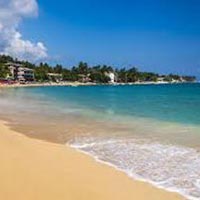 11D/10N
11D/10N
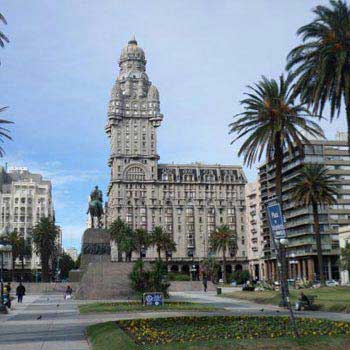 13D/12N
13D/12N
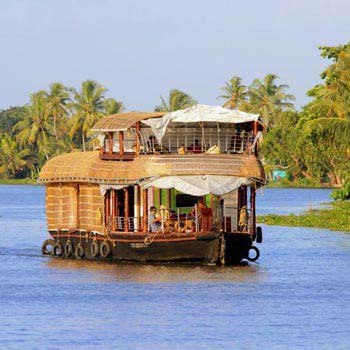 15D/14N
15D/14N
Best Of India: Golden Triangle & Kerala ..
New Delhi - Agra - Jaipur - Kovalam - Kochi - Alleppey
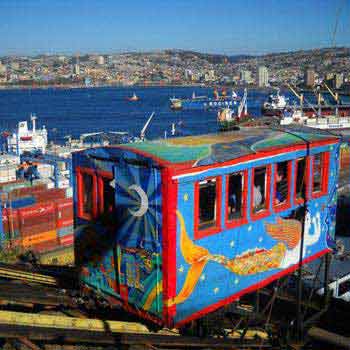 13D/12N
13D/12N
 11D/10N
11D/10N
 14D/13N
14D/13N
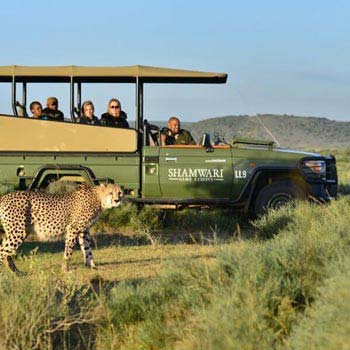 10D/9N
10D/9N
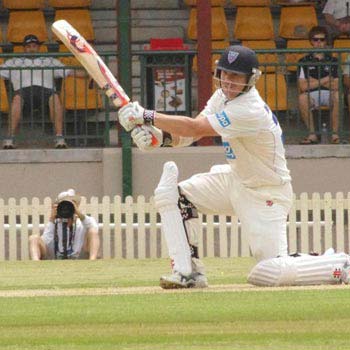 13D/12N
13D/12N
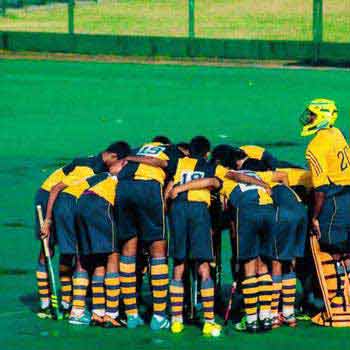 11D/10N
11D/10N
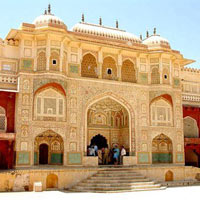 19D/18N
19D/18N
Rajasthan Tour with Varanasi Tour
New Delhi - Mandawa - Bikaner - Jaisalmer - Jodhpur - Pushkar - Jaipur - Agra - Var..
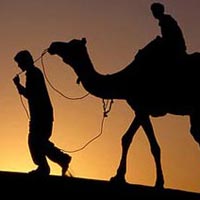 19D/18N
19D/18N
New Delhi - Agra - Jaipur - Jodhpur - Jaisalmer - Bikaner - Mandawa - Mount Abu - U..
 19D/18N
19D/18N
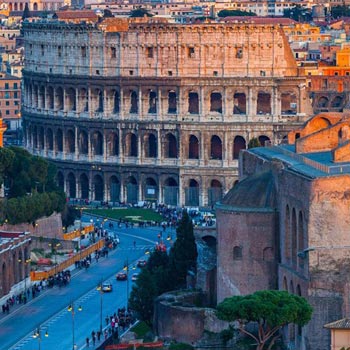 19D/18N
19D/18N
Rome - Venice - Nice - Innsbruck - Paris - Brussels - Amsterdam - Lucerne - London
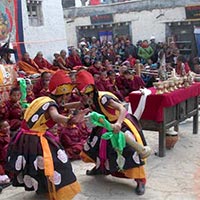 19D/18N
19D/18N
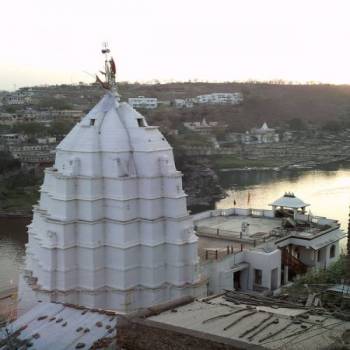 19D/18N
19D/18N
New Delhi - Indore - Ujjain - Kathmandu - Bhopal - Bhojpur - Pachmarhi - Kanha - Ba..
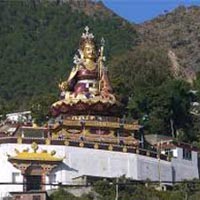 19D/18N
19D/18N
Himachal - Buddhist Circuit Tour
New Delhi - Chandigarh City - Shimla - Sarahan - Sangla
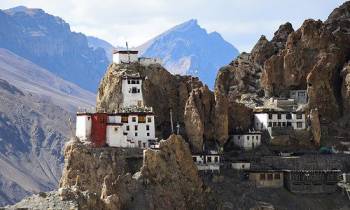 19D/18N
19D/18N
Tribal Tour for Kinnaur & Spiti
Shimla - Sarahan - Sangla - Tabo - Lahaul & Spiti
 19D/18N
19D/18N
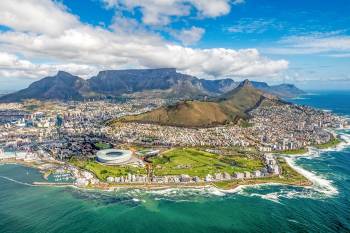 13D/12N
13D/12N
Spectacular South Africa With Kruger 13 ..
Limpopo - Cape Town - Johannesburg
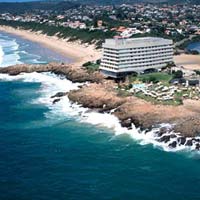 14D/13N
14D/13N
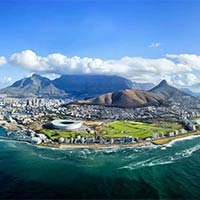 6D/5N
6D/5N
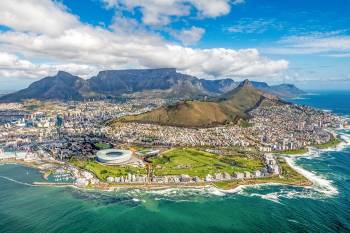 9D/8N
9D/8N
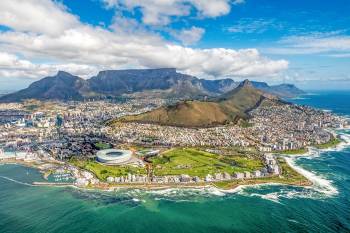 11D/10N
11D/10N
South Africa 10 Nights - 11 Days Package
Garden Route - Cape Town - Johannesburg - George
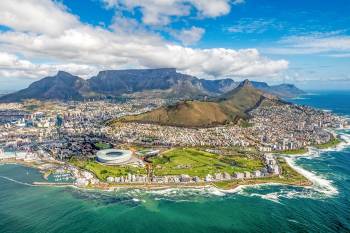 9D/8N
9D/8N
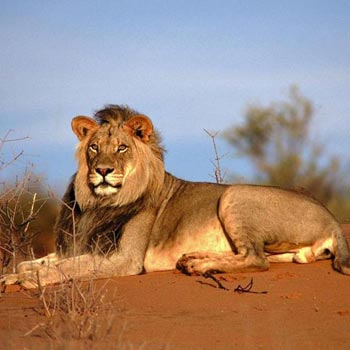 15D/14N
15D/14N
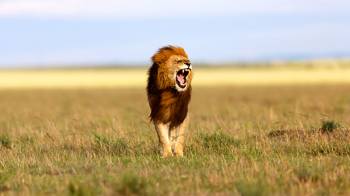 14D/13N
14D/13N
Cape Town - Sinai Peninsula - Victoria Falls - Masai Mara - Arusha - Western Cape -..
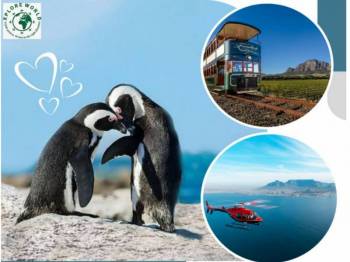 7D/6N
7D/6N